In today’s fiercely competitive market, production efficiency and product quality are the twin pillars of success. For any manufacturer of liquid products—be it beverages, sauces, cosmetics, or chemical goods—selecting the right liquid filling machine is one of the most critical investments for the production line. A single misstep in this decision can not only cripple efficiency but also compromise product integrity and damage your brand’s reputation.
Faced with a dizzying array of filling technologies—piston, gravity, overflow, pump, and rotary—how do you choose? What are the scientific principles behind them? And which one is engineered to perfectly match the unique characteristics of your product?
This is more than a hardware purchase; it’s a strategic decision impacting accuracy, speed, and long-term ROI. The value of an experienced liquid filling machine supplier extends far beyond the machine itself; it lies in their expertise and ability to provide a tailored solution. This guide will take you on a deep dive into the core technologies of liquid filling from a professional, scientific perspective, empowering you to clearly identify your needs and make the most informed choice.
Chapter 1: The Foundation of Your Decision – First, Master Your Product
Before you contact any liquid filling machine supplier, the first and most crucial step is to look inward—at your product. The physical and chemical properties of your liquid are the primary determinants of the filling technology you will need. A professional supplier will always begin by analyzing these key attributes.
1. Viscosity: The Core Determining Factor
Viscosity, the measure of a fluid’s internal resistance to flow, is unquestionably the most important factor in selecting a filler. The spectrum ranges from low viscosity (water-thin) products like juices and perfumes that flow easily, to medium viscosity substances like lotions and sauces that require a positive displacement mechanism to be moved accurately. At the other end are high viscosity products such as honey and heavy creams, which are extremely thick and demand a powerful, volumetric filling method to transfer a precise amount of product. Understanding where your product falls on this spectrum is fundamental.
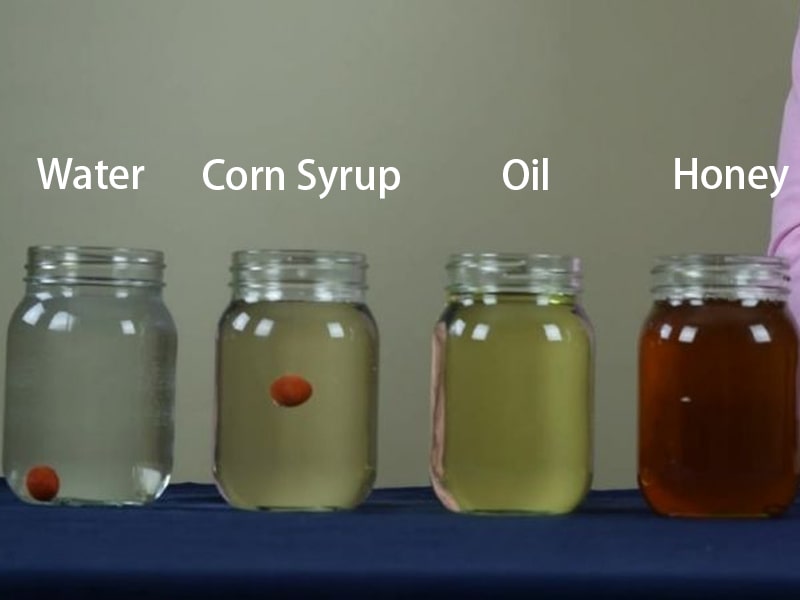 |
| Viscosity of Liquids (Figure source:coolscienceexperimentshq.com) |
2. Other Key Product Characteristics
Beyond viscosity, other properties are equally critical. A product’s tendency for foaming, common in soaps and detergents, necessitates specialized techniques like bottom-up filling or the use of an overflow system to prevent inaccurate fills and spillage. If the product contains particulates, such as fruit pulp or vegetable chunks, the filler’s valve and pathways must be engineered to prevent clogging, making piston or lobe pump fillers a common choice. Finally, corrosivity and hygiene requirements dictate the materials of construction. Caustic chemicals demand resistant materials like PVC or titanium, while food and pharmaceutical products require GMP-compliant, easily sanitized designs, where technologies like peristaltic pump fillers excel due to their superior sanitary profile.
Chapter 2: Core Technologies Unpacked – How the 5 Main Liquid Fillers Work
Now, let’s explore the primary filling technologies on the market. Understanding their mechanics will clarify why certain machines are better suited for your specific application.
1. Piston Fillers: The Champion of Viscous Products
Operating like a precision syringe, a piston filler is a volumetric machine that provides exceptional accuracy. Its main strength lies in its power and robustness, making it the ideal choice for medium to high viscosity liquids, pastes, and even products containing large particulates. Its versatility allows for a wide range of fill volumes by simply changing the cylinder size. However, this mechanical sophistication comes with certain trade-offs. The increased number of contact parts (piston, cylinder, O-rings) naturally leads to a more involved cleaning and changeover process, and its complexity results in a higher initial investment compared to simpler mechanisms like gravity fillers.
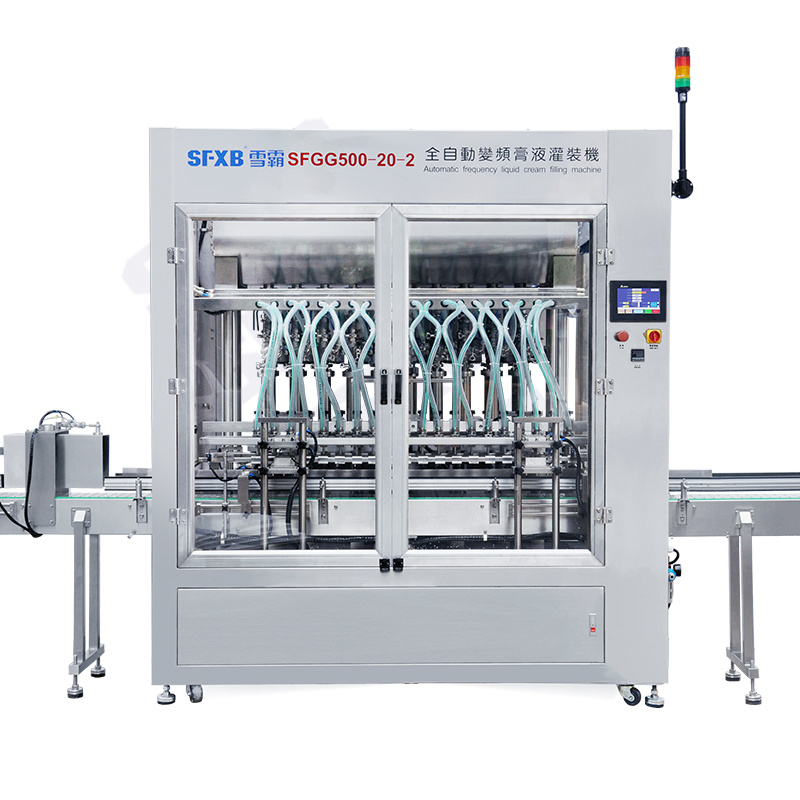 |
| XBGG series automatic multi-head servo drive piston filling machine |
2. Gravity Fillers: The Cost-Effective Solution for Free-Flowing Liquids
The gravity filler is the epitome of simplicity and economy. It functions on the basic principle of gravity, allowing free-flowing, low-viscosity liquids to flow from an overhead tank into containers. This straightforward design makes it highly cost-effective and easy to operate. Its primary limitation, however, is its narrow application range, as it is unsuitable for anything other than water-thin, non-foaming liquids. Furthermore, its fill accuracy can be subject to variation as the liquid level, and thus the head pressure, in the supply tank fluctuates.
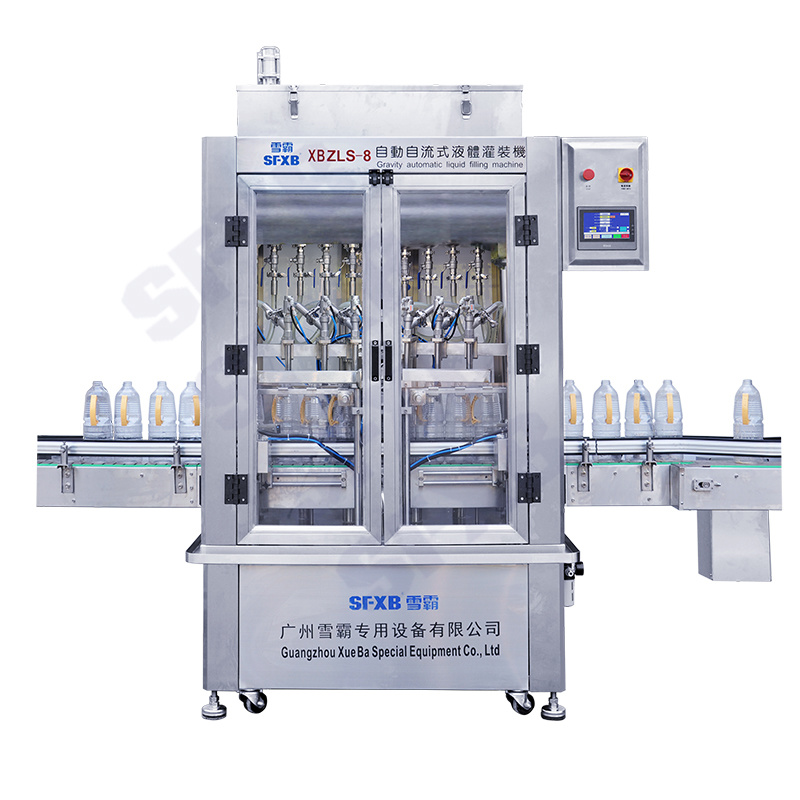 |
| XBZLS-8/12 head automatic head self-flow liquid filling machine |
3. Overflow Fillers: The Expert in Achieving a Perfect Cosmetic Fill
Designed for applications where a consistent visual fill level is paramount, the overflow filler is the specialist for products in clear containers. It works by filling to a specific level and evacuating any excess product and foam, ensuring a perfectly uniform appearance on the retail shelf. This makes it an excellent solution for managing foam and enhancing brand presentation. The key consideration for this technology is that it is not volumetric. Because it fills to a level rather than a precise volume, it is unsuitable for products that must be sold by exact weight or volume, where every drop counts.
4. Pump Fillers: The Versatile and Adaptable All-Rounder
Pump fillers offer unmatched flexibility by utilizing various pump technologies—such as gear, lobe, or peristaltic pumps—to suit a vast range of products. This adaptability makes them suitable for everything from water-thin liquids to thick pastes. When paired with servo drives, they can achieve extremely high accuracy and are often designed for easy cleaning, especially in the case of peristaltic and quick-disconnect lobe pumps. This versatility and high performance come at a higher cost, and the effectiveness of the system relies heavily on the expert matching of the correct pump type to the specific product characteristics.
5. Rotary Fillers: The Speed King for Mass Production
For high-volume industries requiring maximum throughput, the rotary filler is the undisputed king. Its design, featuring a continuously rotating turret with multiple filling heads, enables seamless, high-speed operation, capable of filling thousands of containers per minute. The smooth, continuous motion is ideal for stable operation at high speeds. This incredible performance, however, requires a major capital investment. Rotary fillers also have a large footprint and offer low flexibility, as they are typically dedicated to a specific container and product, making changeovers a complex and time-consuming endeavor.
Chapter 3: The Decision Matrix – A Clear Comparison for Making Your Choice
To help you visualize the options, here is a comparative table:
| Machine Type | Suitable Viscosity | Key Advantage | Speed | Volumetric Accuracy | Initial Cost |
|---|---|---|---|---|---|
| Piston Filler | Medium – High | Handles thick/particulate product, high accuracy | Low – Medium | ★★★★★ | Medium |
| Gravity Filler | Low | Very low cost, simple operation | Low – Medium | ★★★☆☆ | Low |
| Overflow Filler | Low – Medium | Perfect cosmetic fill level, handles foam | Medium | ★☆☆☆☆ | Medium |
| Pump Filler | Low – High | Extremely flexible, highly sanitary | Medium – High | ★★★★★ | Medium – High |
| Rotary Filler | Low – Medium | Extremely high speed for mass production | ★★★★★ | ★★★★☆ | Very High |
Beyond technical specifications, your decision must be informed by critical business factors. You need to assess your production scale, determining whether your needs align with a semi-automatic machine for smaller batches or a fully automated system for large-scale manufacturing. It is also essential to look beyond the initial budget and calculate the long-term ROI, as a more efficient machine can yield greater value over time through reduced labor and product waste. Finally, consider future-proofing your investment; if new products are on the horizon, a more versatile machine like a pump filler may be a more strategic long-term asset.
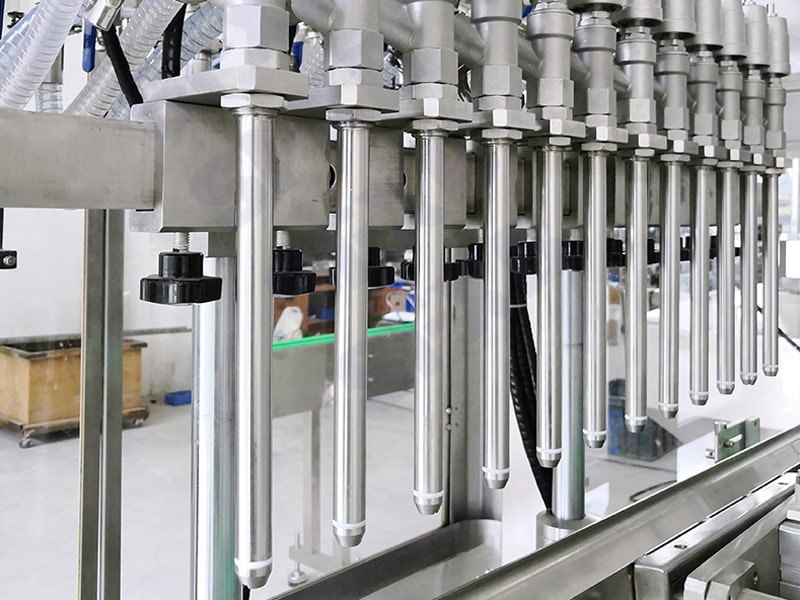
Chapter 4: Beyond the Hardware – Why Your Liquid Filling Machine Supplier is Your Most Crucial Partner
Buying a filling machine is not a one-time transaction; it is the beginning of a long-term partnership. An exceptional liquid filling machine supplier, like SFXB, distinguishes itself far beyond the hardware. A key indicator of a quality partner is a consultative approach; they invest time to deeply understand your product, processes, and pain points before recommending a solution. This extends to their customization capability, as a great supplier possesses the engineering expertise to modify equipment to integrate perfectly with your unique containers and production line. Furthermore, comprehensive after-sales support—covering installation, training, and responsive service—is non-negotiable for ensuring production uptime. Finally, proven industry experience across diverse sectors like food, cosmetics, and pharmaceuticals demonstrates an understanding of specific regulations and challenges, helping you to avoid potential pitfalls.
Conclusion: Fill Your Business with Success
Choosing the right liquid filling machine is a systematic process. It begins with a deep understanding of your own product, continues with a scientific evaluation of the core technologies, and culminates in finding a trustworthy, expert liquid filling machine supplier.
From the precise control of a piston filler to the aesthetic perfection of an overflow filler, and the sheer velocity of a rotary filler, each technology holds its unique, irreplaceable value. We hope this comprehensive guide has cleared the fog and provided you with a clear path forward.
Ready to find the perfect filling solution for your product?
Contact the expert team at SFXB today. We don’t just supply machinery; we provide expert insights and complete solutions built on over 20 years of industry experience. Let’s work together to inject powerful momentum into your production line and pave the way to your success.
| References: | |
| 1. | Liquid Filling in Focus: A Roundup of Common Filling Machines Used in Packaging ——Retrieved from:ProSource |
| 2. | Automatic Liquid Filling Machines Market ——Retrieved from:CredenceResearch |
| 3. | Pharmaceutical Liquid Filling Machines and Equipment ——Retrieved from:AmericanpharmaceuticalReview |



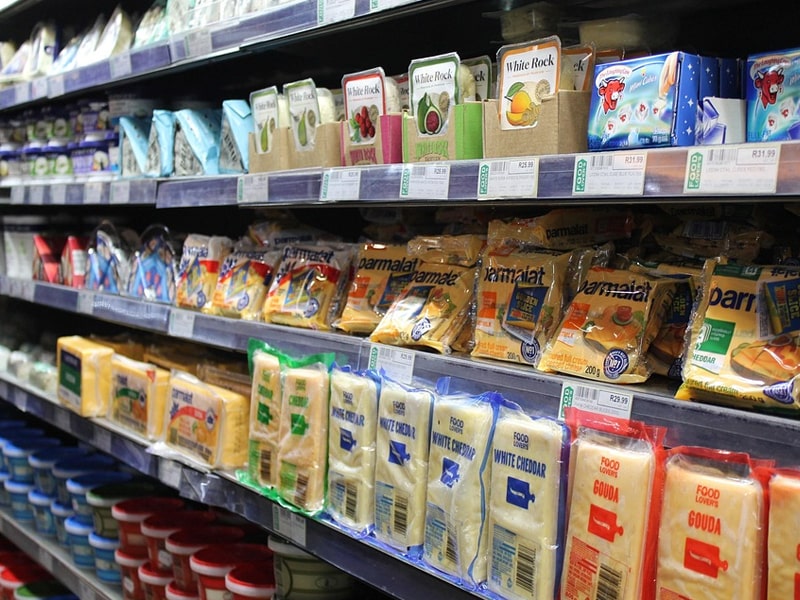
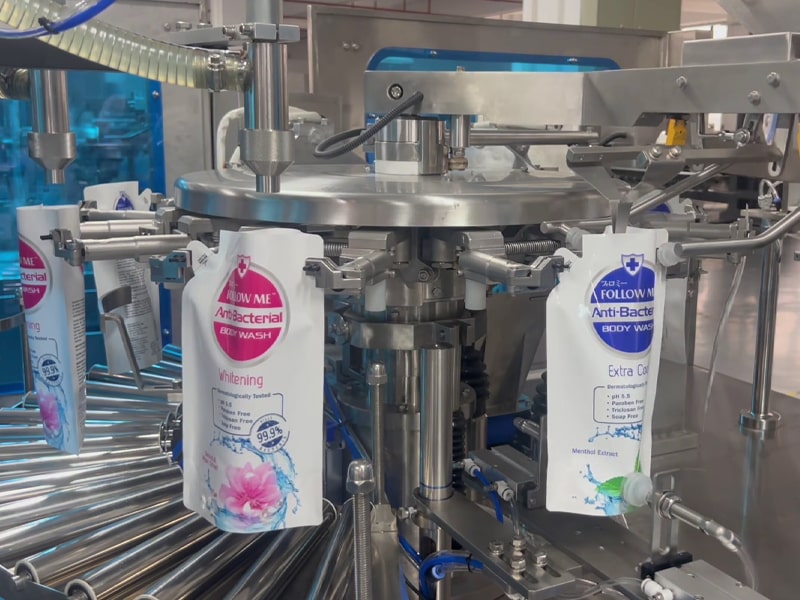

Finally, a guide that speaks plain English! We’re a small operation looking to upgrade from manual filling for our hot sauces. The cost vs. speed vs. precision triangle discussion hit home. Rotary filling sounds ideal for future scaling, but gravity seems more affordable now. The maintenance section was eye-opening – we don’t have a big maintenance crew. Question: For products like ours (chunky salsa texture, 70-80k CPS), which tech offers the easiest cleaning & changeover between batches? Looking at maybe a twin piston filler? Keen to explore options without breaking the bank. Solid article! Contacted sales for a chat.
Great overview! We’re struggling with consistency on our current filling line for juice concentrates (quite viscous!). This guide clarified the differences between piston and pump filling perfectly. The viscosity chart is super helpful! We’re specifically interested in high-accuracy options. Does Xueba Pack offer machines with servo-driven piston fillers for this kind of application? Would love to see a more detailed case study on sticky products if available. Thanks for putting this together – very practical!